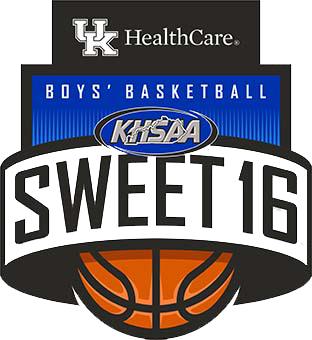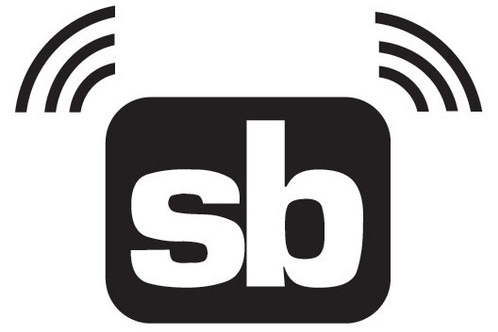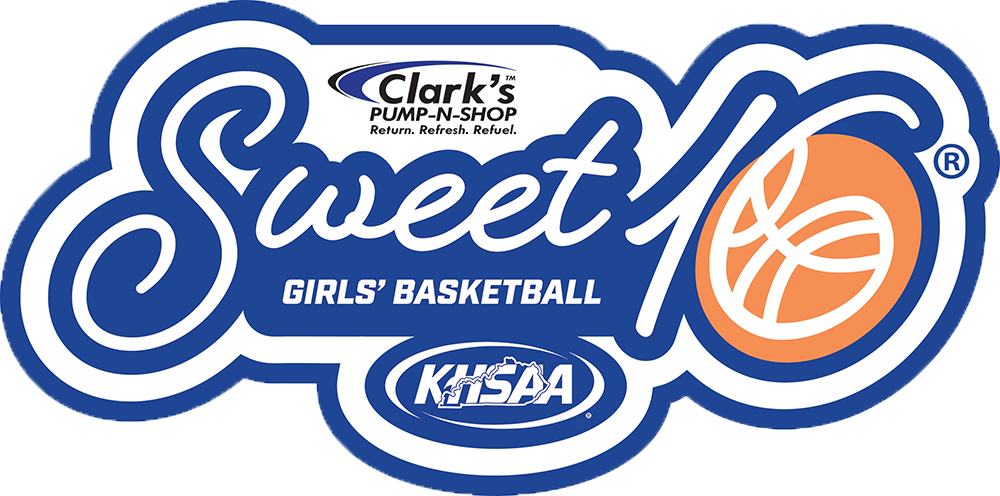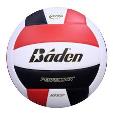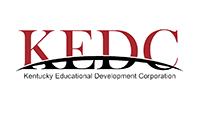12/23/13 – Important Notes for all Coaches and Officials to Read – Clarifications on Announcers, Fouls, and Long Switches
PrintAnnouncers Clarification
We have received several questions regarding what is allowed to be spoken by announcers during a live ball. Though this rule and its interpretations are not totally new, it has been reported that some announcers were not following the guidelines set forth by the NFHS. It has also been reported that in some areas, the officials may be taking the references within the rule far too literally, and directing that absolutely nothing can be said via the PA system during live ball play. The following is the case study (situation) from the NFHS Case Book and clearly states what is intended, that “play by play” or other things normally appropriate to media broadcasts, etc. are prohibited, other information can be relayed to the crowd and participants via public address. The safe recommendation is to only announce what is being recorded in the normal scorebook that was not able to be announced during dead ball action (i.e., fouls, field goals made, three point field goals made, free throws made and attempted).
Situation: The announcer announces (a) who score, (b) who fouls, or (c) time left in the quarter. Ruling: Legal in (a) and (b); illegal in (c). In (a) and (b), the announcer is allowed to give basic information during the course of the game, such as who the foul is on, who is shooting free throws, which team is taking a timeout and the length of the timeout. In (c), announcing the amount of time left in the quarter is not information that should be given since there is a visible clock to see. There is no penalty. The announcer should be handled in the same manner as a scorekeeper or times who is not in compliance with the spirit of the game. Appropriate training by school personnel and proper pregame instructions by the referee are necessary.
As you can see, proper training by school administration and consistent management by officials are the keys..
Fouls being called / Not called
When changes were made to the playing rules this year, there were no additions or modifications to the rules regarding fouls. Simply a point of emphasis that needs to continue. There was never a push to call more fouls, only constant reminders to call those fouls that occur.
Officials are reminded that this does not mean that every time players have any type of contact that there must be a foul called. This is not true and was not intended. The emphasis from the NFHS means when a foul occurs such as 1) two hands on an offensive player, 2) a flat hand guiding the ball handler, 3) an elbow in the post (offense or defense), 4) dislodging any player from their legally established position, 5) failure to allow a player to make legal movement to a new position, or 6) any other illegal contact listed in the Rule 10-6 occurs, then a foul should be called. This list is by no means all inclusive, but a guide for officials.
This means several things for officials. First, officials must know the rules and utilize the case book provided for them with their licensing registration to study. Officials should also be utilizing the knowledge and experience of veteran officials in their local associations by going to watch them work, utilizing game films and attending camps in the off season to continue improving rules knowledge, officiating skills and judgment.
Coaches should expect that fouls will continue to be called at both ends of the floor when a foul is committed. Coaches have seen, over the last several years, pushing and shoving that has been allowed on the floor at all levels. For the last several seasons, the Board of Control has expressed its concern with the increasing contact being allowed in the game. The KHSAA basketball advisory committee, made up primarily of coaches and athletic administrators, have asked for this emphasis for several seasons, and expressed a desire that the players have freedom of movement within the game. And this year, the NFHS also added its desires. With all groups working together, the game can continue to improve and be officiated, coached and administered as it has always been intended.
Long Switch
The KHSAA office recently asked the NFHS for clarification on the situation that the question “Do we still switch in the backcourt if a foul is committed on an inbound situation?”
Teresia Wynns, NFHS Rules Interpreter clarified the desires of the NFHS rules committee for us in an email correspondence last week: “The change we made in the mechanics of going from the backcourt to the frontcourt (page 73 in the NFHS Officials Manual) covers a situation where there is a team-control or player-control foul. The Lead makes the call, reports to the table and then stays tableside as the new lead or center. The mechanic that deals with a common foul in the backcourt after ball has been inbounded has not changed. We still honor no long switch on fouls called in the backcourt without free throws.”
Due to the continued confusion, and frankly, due to many erroneous interpretations that have been published, all officials working in three-person games in Kentucky at all levels of high school play (freshman, JV, varsity), are to utilize the following guide for the remainder of this season:
If no free throws are being attempted, and the ball remains in back court, there will be NO long switch. This is clearly not the original directive, but we, like other states, have asked for further clarification going forward as we plan for training camps, clinics and other seminars for the 2014-2015 season.
Officials are reminded that only the KHSAA can issue interpretations and mechanics expectations related to games played in Kentucky .It is counterproductive for all involved, particularly contest officials, to rely on outside news, social media and magazine sources for mechanics/rules “answers”. If you have questions, contact Angela Passafiume at the KHSAA.
We hope that these and future clarifications are helpful to both coaches and officials.







